
Oct 30 , 2021
By Halima Abate (MD)
Creating a platform where employees can engage each other in a structured and passionate debate about ideas and thoughts to produce synergy and shared goals is vital for an organisation rather than top-down commands. Outlining a process of communication with constructive criticism can be carried out through the platform of meetings, an age-old necessity in offices.
The purpose of a meeting could be informative, consultative or execution through collective decision-making and action through a feeling of continuity and solidarity. As one can meet a number of people at a time interactively it can save time, address different segments of people and create an environment for exchanging ideas. Members get the feeling that they have been consulted, which is useful in getting their intelligent and willing cooperation, defusing troublemakers, and ensuring democratic functioning.
Generally, meetings are not liked. They are accused of being time-consuming, expensive and prone to disruption. It is quite common to hear people say that felt lethargic, unfocused and passionless especially after too many meetings. The COVID-19 pandemic has not made things much easier.
The pandemic has certainly given us an intriguing time to reflect on remote communications and how we think about talking, presenting or participating in public gatherings, without being present in-person. As the pandemic partially disrupted meetings, webinar technologies have boomed. Among others, the widely-used Zoom application became the top online video conferencing system featuring both meeting and webinar capabilities.
In meeting mode, anyone can share their screen and participants are able to unmute themselves and talk. For some, popping up on-screen and listening to many organisational employees is less stressful. However, for some, on-screen meetings now span almost all day and too much time is wasted adjusting webinar settings and trying to appear focused on the camera the whole time.
Still, the basics of how a good meeting should be chaired have not changed. The tone of the message and communicating gracefully is critical as chairing meetings effectively helps everyone be more productive and helps retain engaged participants. A careful balance of gathering people’s thoughts, awareness of others’ needs and efficient use of time allowing for both networking and decision making is imperative.
During presentations, communicate one’s expectations and the meeting plan before the meeting begins. Informing the audience about the time we expect to spend together, what items will be needed and the general structure of the meeting will be helpful. Incorporating breaks during longer meetings is key to holding attention, as well as being realistic about the length of meetings.
Part of the time should be left for discussing topics not necessarily on the agenda, but what some employees might have on their mind. This may uncover problems that need solving, form collaborations and partnerships that can create new solutions or may just be a time for team members to connect a bit and boost morale.
We should hold these meetings often enough to stay connected and in the loop with team members, but not repetitious enough that it becomes a habit. If there are less time-consuming alternatives to meetings, they should be entertained.
In Ethiopia, holding meetings is considered more of a propriety than an effective device for the accomplishment of organisational missions and platforms for networking. Most organisations drag out their employees for meetings that are long and winding, and dully presented by a person reading from a PowerPoint. On the employees side, it has become a way of avoiding office time and sometimes an opportunity for travel and allowances instead of a chance for experience sharing and networking.
This problem is particularly widespread at government institutions. This is despite the fact that these meetings could be much better organised to consider administrative processes as a series of distinct steps from initiative to implementation. There is a desperate need to re-think meetings into compelling and productive activities that bear fruit instead of a compulsory exercise in office culture.
PUBLISHED ON
Oct 30,2021 [ VOL
22 , NO
1122]

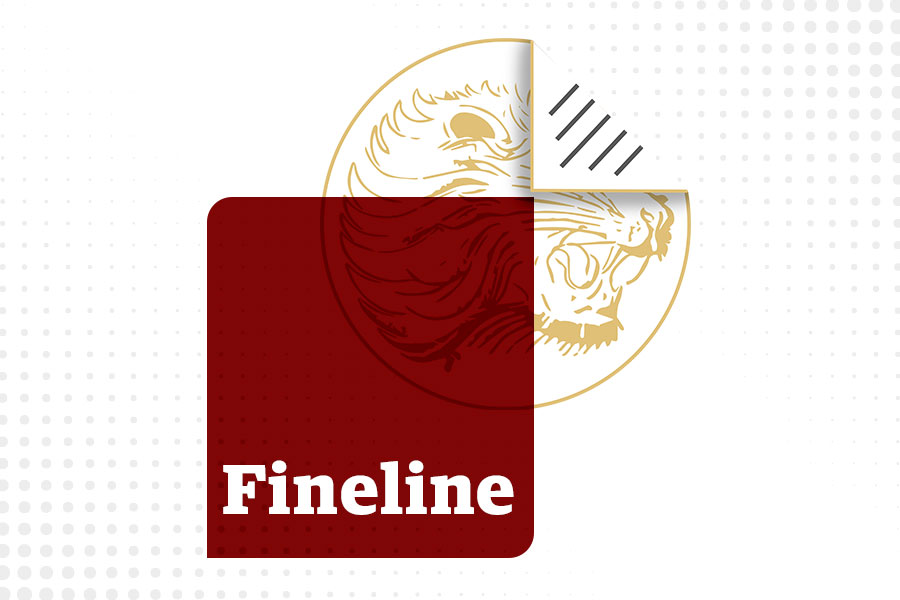
Fineline | Jun 20,2020

Commentaries | Aug 01,2020

Sponsored Contents | May 03,2022
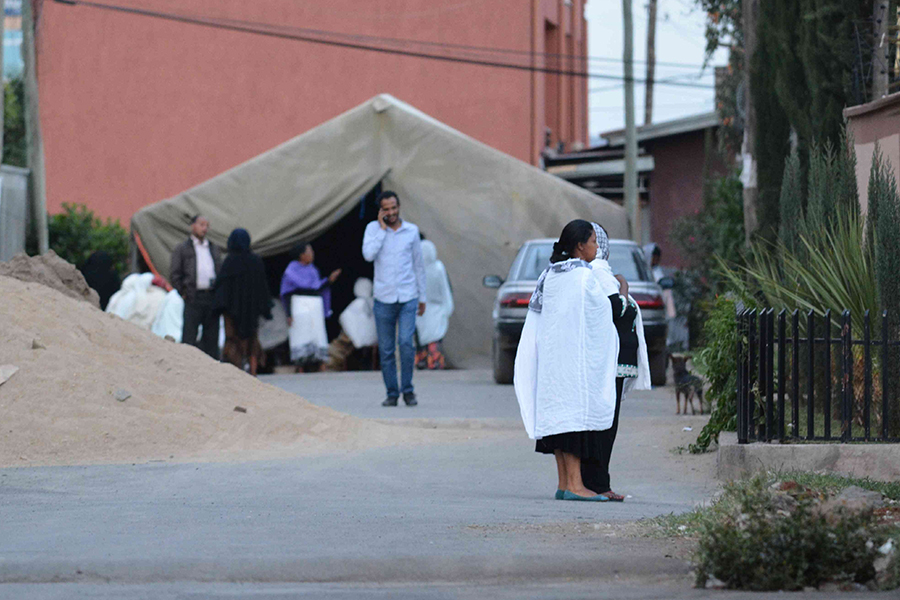
Agenda | Jul 21,2024
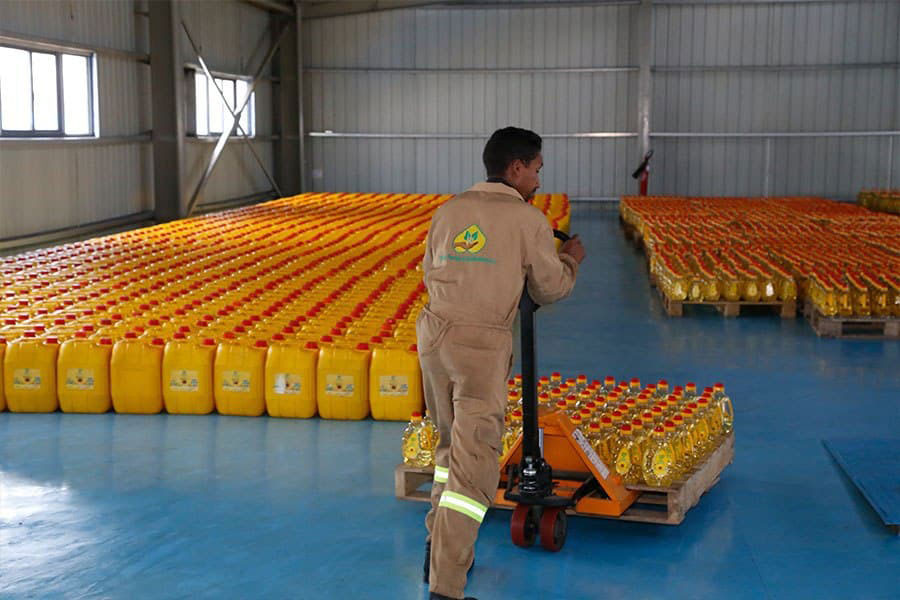
Fortune News | Mar 05,2022

Exclusive Interviews | Apr 19,2025
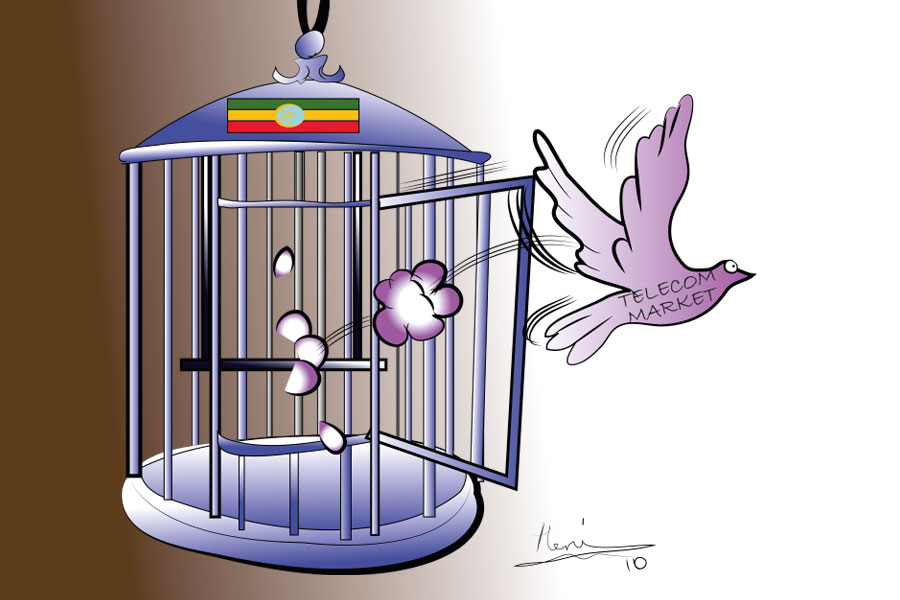
Editorial | May 29,2021

Viewpoints | Jun 29,2019

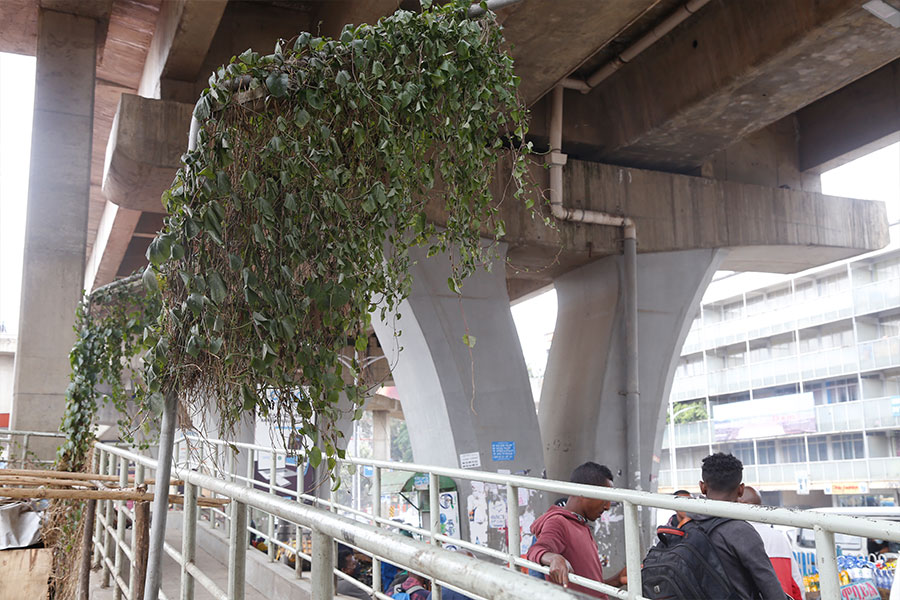
Radar | Jul 11,2021

My Opinion | 131656 Views | Aug 14,2021

My Opinion | 128020 Views | Aug 21,2021

My Opinion | 125983 Views | Sep 10,2021

My Opinion | 123607 Views | Aug 07,2021

Dec 22 , 2024 . By TIZITA SHEWAFERAW
Charged with transforming colossal state-owned enterprises into modern and competitiv...

Aug 18 , 2024 . By AKSAH ITALO
Although predictable Yonas Zerihun's job in the ride-hailing service is not immune to...

Jul 28 , 2024 . By TIZITA SHEWAFERAW
Unhabitual, perhaps too many, Samuel Gebreyohannes, 38, used to occasionally enjoy a couple of beers at breakfast. However, he recently swit...

Jul 13 , 2024 . By AKSAH ITALO
Investors who rely on tractors, trucks, and field vehicles for commuting, transporting commodities, and f...

Jun 28 , 2025
Meseret Damtie, the assertive auditor general, has never been shy about naming names...

Jun 21 , 2025
A well-worn adage says, “Budget is not destiny, but it is direction.” Examining t...

Jun 14 , 2025
Yet again, the Horn of Africa is bracing for trouble. A region already frayed by wars...

Jun 7 , 2025
Few promises shine brighter in Addis Abeba than the pledge of a roof for every family...

Jun 29 , 2025
Addis Abeba's first rains have coincided with a sweeping rise in private school tuition, prompting the city's education...

Jun 29 , 2025 . By BEZAWIT HULUAGER
Central Bank Governor Mamo Mihretu claimed a bold reconfiguration of monetary policy...

Jun 29 , 2025 . By BEZAWIT HULUAGER
The federal government is betting on a sweeping overhaul of the driver licensing regi...

Jun 29 , 2025 . By NAHOM AYELE
Gadaa Bank has listed 1.2 million shares on the Ethiopian Securities Exchange (ESX),...